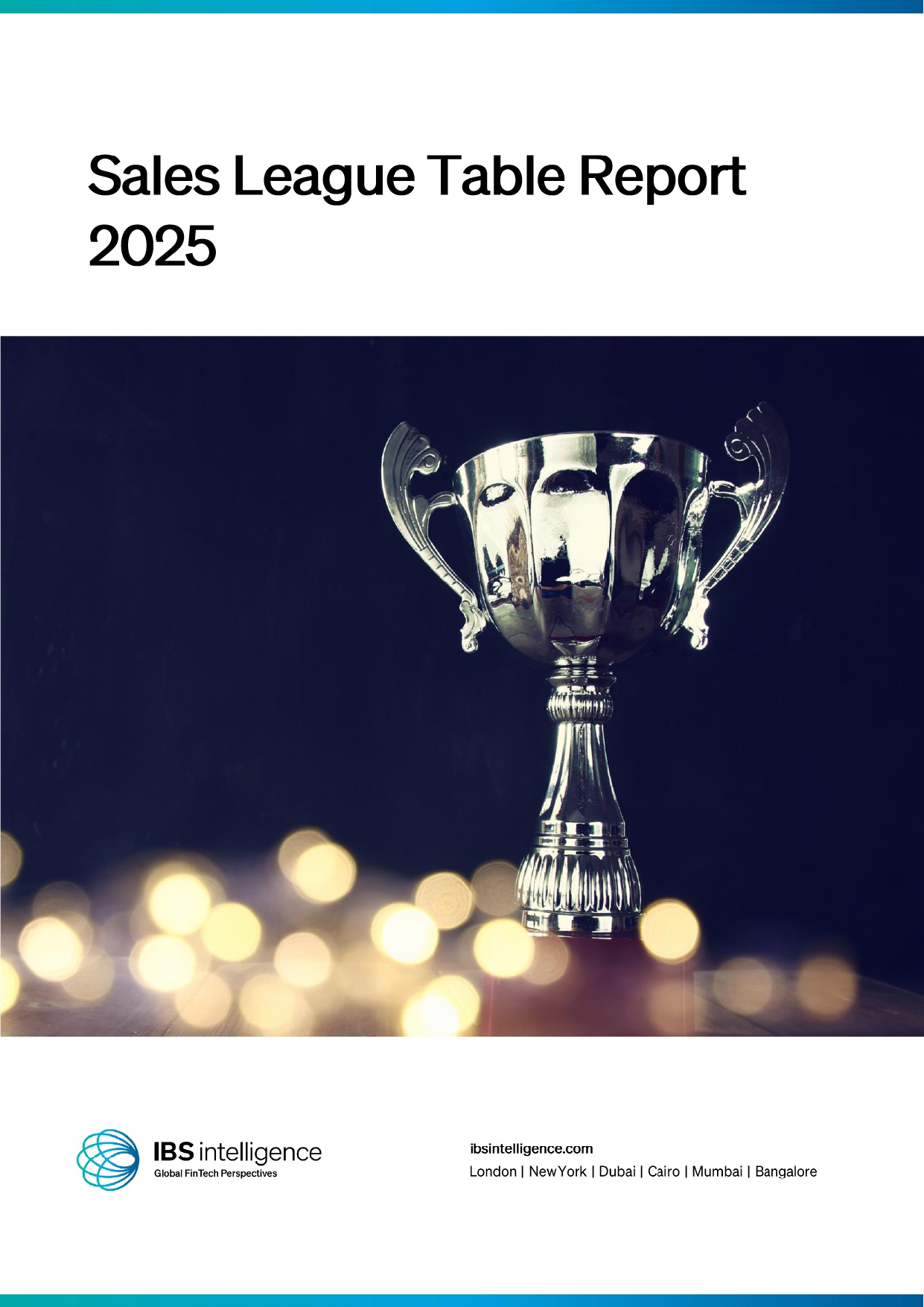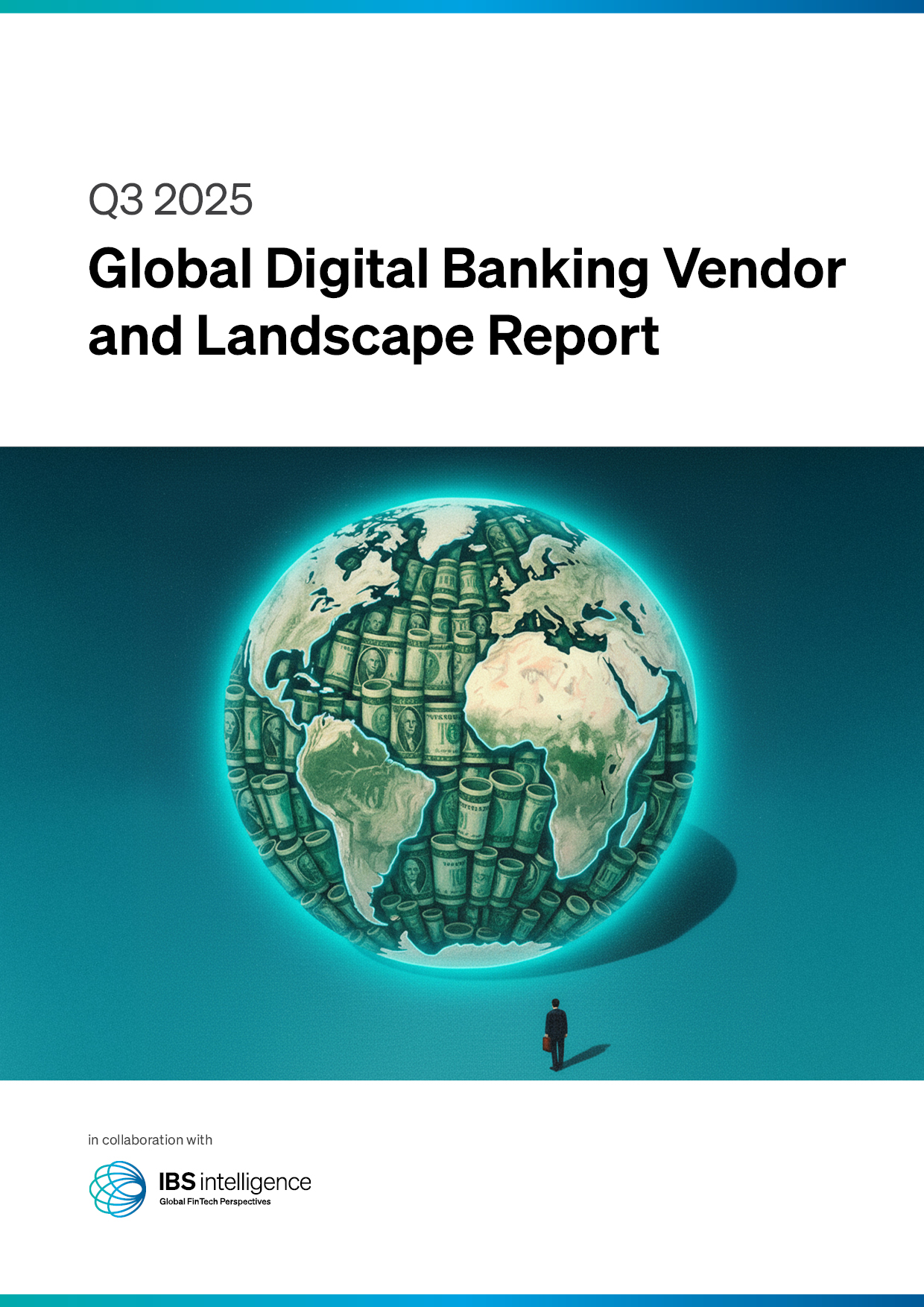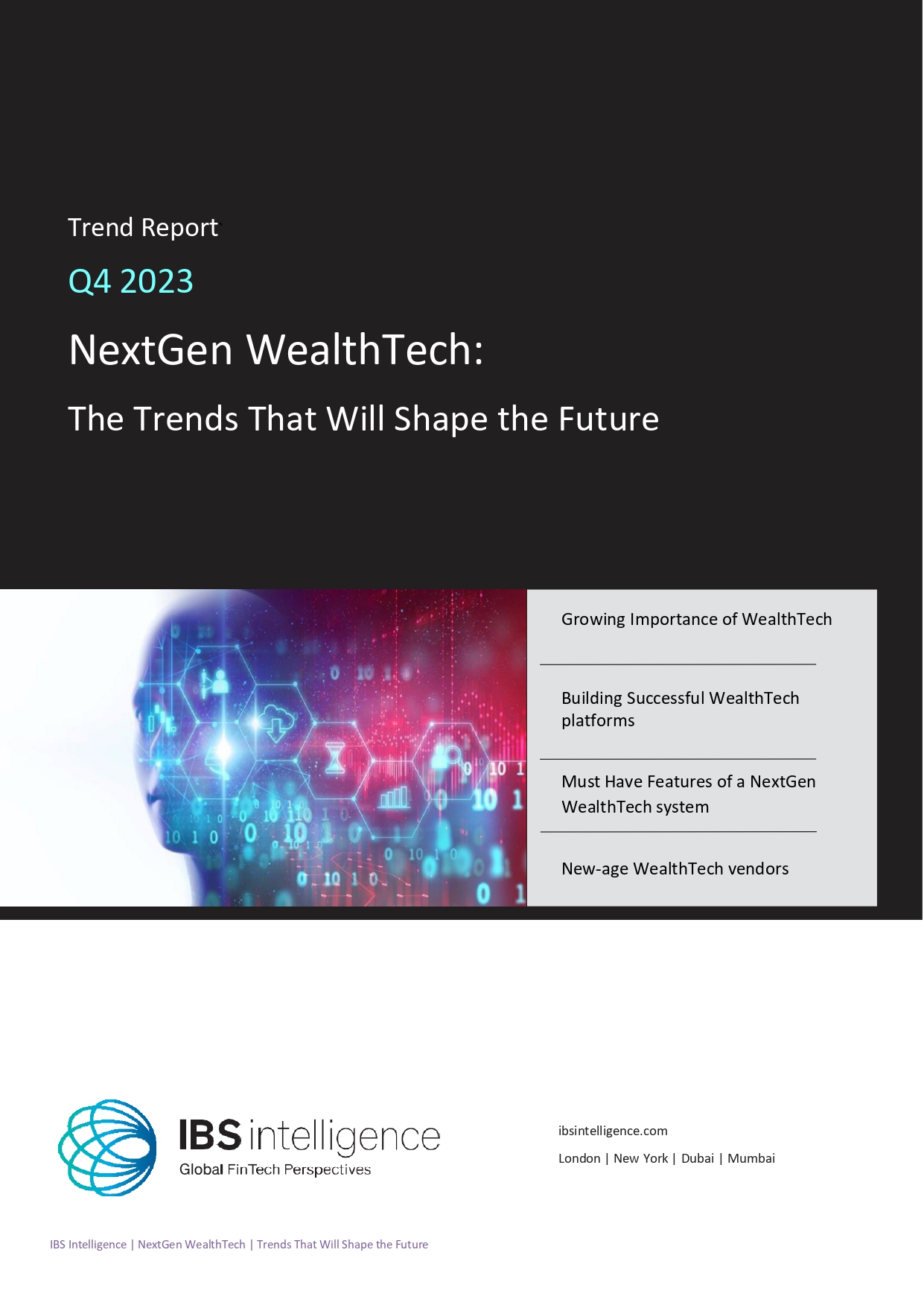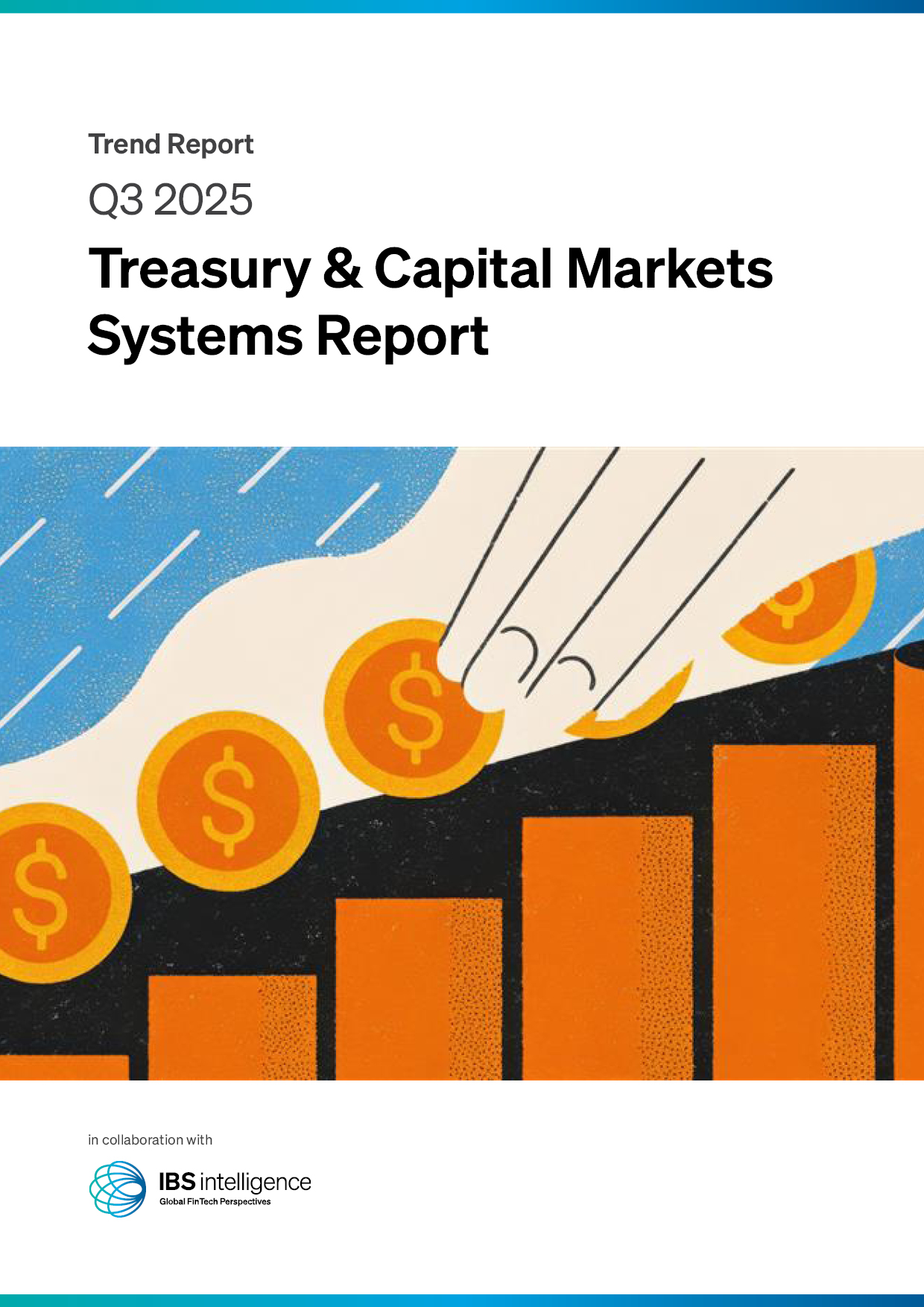 Back
Back
Top 5 Lending Trends in the GCC: What to Expect in 2025

By Jayant Shah, Director Account Management Middle East, Nucleus Software
The lending industry in the Gulf Cooperation Council (GCC) region is poised for significant transformation in 2025. Driven by economic growth, digital innovation, and evolving regulatory frameworks, the region is witnessing rapid advancements that will redefine the lending landscape.
Recent reports from central banks highlight significant growth in the lending sector. In the UAE, loan portfolios expanded by 9.1% year-over-year, fueled by rising demand for business and retail lending. Meanwhile, Saudi Arabia’s banking sector achieved record profits of $23.9 billion in 2024, reflecting a 15% increase driven by high borrowing tied to Vision 2030 projects.
Similarly, Bahrain’s Central Bank is actively promoting SME financing, with a target for 20% of domestic bank financing to be allocated to SMEs by 2025. Policy rate cuts and technological advancements are expected to stimulate credit-sensitive sectors further, fostering a dynamic lending environment.
Key trends such as digital lending, open banking, sustainable finance, and AI-powered decision-making are set to shape the market.
1. Central Bank Focus on SME Financing
SMEs remain the backbone of the GCC economy. In the UAE, SMEs account for 95% of businesses and 86% of the private workforce, with approximately $21 billion in loans issued recently. Qatar’s Central Bank has forgiven pandemic-era loans to support struggling businesses, while Bahrain’s Central Bank is pushing to increase SME financing from 5% to 20% of banks’ portfolios by 2025. Sandbox initiatives in Bahrain are also helping financial institutions adopt innovative lending technologies.
2. Enhancing Customer Experience Amid Shifting Consumer Preferences
Consumer behaviour in the Middle East is undergoing a significant transformation, with a growing demand for digital and personalised financial services. Customers now expect a hyper-personalised banking experience, driving a shift in the lending sector toward online loan applications and digital platforms that offer convenience, speed, and transparency.
This trend is prompting financial institutions to enhance their digital offerings and create user-friendly interfaces. There is also a rising demand for tailored financial products, including flexible repayment options and personalised interest rates. This reflects a broader industry shift toward greater customisation and customer-centric services in the lending landscape.
3. Regulatory Framework for Artificial Intelligence
AI adoption in the GCC’s financial sector is accelerating. In 2017, the UAE launched a National Strategy for AI and became the first country to establish a dedicated AI ministry. In 2024, the UAE introduced a charter for the development and use of AI, which includes 12 principles emphasising the ethical use of AI, the protection of individual privacy, data security, and transparency in AI applications. Following this, Saudi Arabia took a similar step in 2019 by creating the Saudi Data and Artificial Intelligence Authority (SDAIA).
In 2024, SDAIA issued guidelines for the responsible use of Generative AI in the government and public sectors, aiming to educate users on its proper application. Other GCC nations have also begun sharing similar guidelines and frameworks. In banks, AI adoption is a key performance indicator for digital transformation initiatives, with goals set for 2025. This adoption aims to enhance customer service, improve operational efficiency, and boost fraud detection. Banks are increasingly using AI in decision-making processes to expedite loan origination and are implementing AI-enabled anti-money laundering solutions to enhance compliance and detect fraud earlier. Additionally, AI-based sentiment analysis is being utilised to improve customer experience and aid in non-performing asset (NPA) collections. We can expect a significant increase in AI use cases within the lending industry by 2025, along with anticipated refinements to existing regulatory frameworks for AI in banking to ensure alignment with ethical standards and societal values.
4. Rise of Sustainable and Green Finance
In recent years, GCC banks have made significant strides in promoting sustainable finance through various initiatives, such as issuing green bonds, offering sustainability-linked loans, and financing renewable energy projects. For instance, one of the largest banks in the UAE has already achieved 46% of its sustainability financing target of AED 500 million by 2030 — a testament to the region’s growing commitment to green finance. Regulatory bodies are now mandating that banks disclose their sustainability practices, pushing the sector toward greater transparency and accountability.
Moreover, many financial institutions are adopting AI-driven ESG scoring models to make more informed lending decisions. However, challenges persist, particularly due to the limited availability of ESG data and the inconsistency in ESG reporting standards across the region, complicating the long-term assessment of ESG impacts. While banks are complying with ESG requirements, they face the ongoing challenge of balancing sustainable financing with profitability.
By 2025, the introduction of mandatory ESG disclosures using a standardised reporting framework is expected to enhance consistency and transparency. Additionally, Islamic sustainable finance is set for substantial growth; according to a report by FinTechRatings, ESG Sukuk has increased by 23% year-over-year, reaching an outstanding total of USD 45.2 billion. This financial instrument is becoming a key funding tool in emerging markets due to its strong credit profile and alignment with ethical principles.
Furthermore, significant financing of sustainable infrastructure projects is anticipated, driven by the demand for smarter cities, electric vehicles, and the circular economy. Notable projects include NEOM in Saudi Arabia and the Solar Park in the UAE, underscoring the region’s strategic shift toward a more sustainable future.
5. Technology Adoption
The banking sector is poised for a significant push toward adopting new technologies, transforming how financial institutions operate and serve their customers.
- AI Use Cases Implementation
AI is driving better credit decision-making through enhanced creditworthiness analysis and predictive risk modeling to identify potential loan defaults. AI-powered chatbots and recommendation engines are also delivering hyper-personalised lending experiences, ensuring customers receive tailored financial solutions in real time. - Open Banking, FinTech, and API-Driven Integrations
Open banking is gaining strong momentum in the GCC lending ecosystem. Banks are increasingly integrating lending services into non-financial platforms, enabling seamless point-of-sale lending. Open Banking APIs will facilitate real-time loan approvals and financing, enhancing customer convenience and operational efficiency. - Cloud-Based Lending Platforms
Banks are shifting toward cloud-based lending solutions to streamline workflows, reduce infrastructure costs, and improve scalability. The UAE has already witnessed strong adoption of cloud-based solutions, and this trend is expected to accelerate across other GCC countries in 2025.
Conclusion
The GCC’s lending industry is poised for unprecedented growth and innovation in 2025. Strong credit expansion, AI adoption, open banking, and sustainable finance are driving this transformation. As institutions embrace these trends, a focus on customer experience, digitalisation, and operational efficiency will remain critical. Forward-thinking banks that align with these developments will secure a competitive edge in the evolving GCC financial landscape.
IBSi News
Get the IBSi FinTech Journal India Edition
- Insightful Financial Technology News Analysis
- Leadership Interviews from the Indian FinTech Ecosystem
- Expert Perspectives from the Executive Team
- Snapshots of Industry Deals, Events & Insights
- An India FinTech Case Study
- Monthly issues of the iconic global IBSi FinTech Journal
- Attend a webinar hosted by the magazine once during your subscription period
₹200 ₹99*/month
* Discounted Offer for a Limited Period on a 12-month Subscription
IBSi FinTech Journal
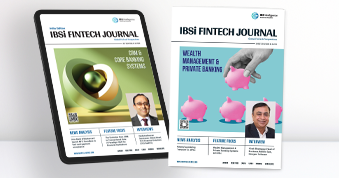
- Most trusted FinTech journal since 1991
- Digital monthly issue
- 60+ pages of research, analysis, interviews, opinions, and rankings
- Global coverage
Other Related Blogs
December 22, 2025


